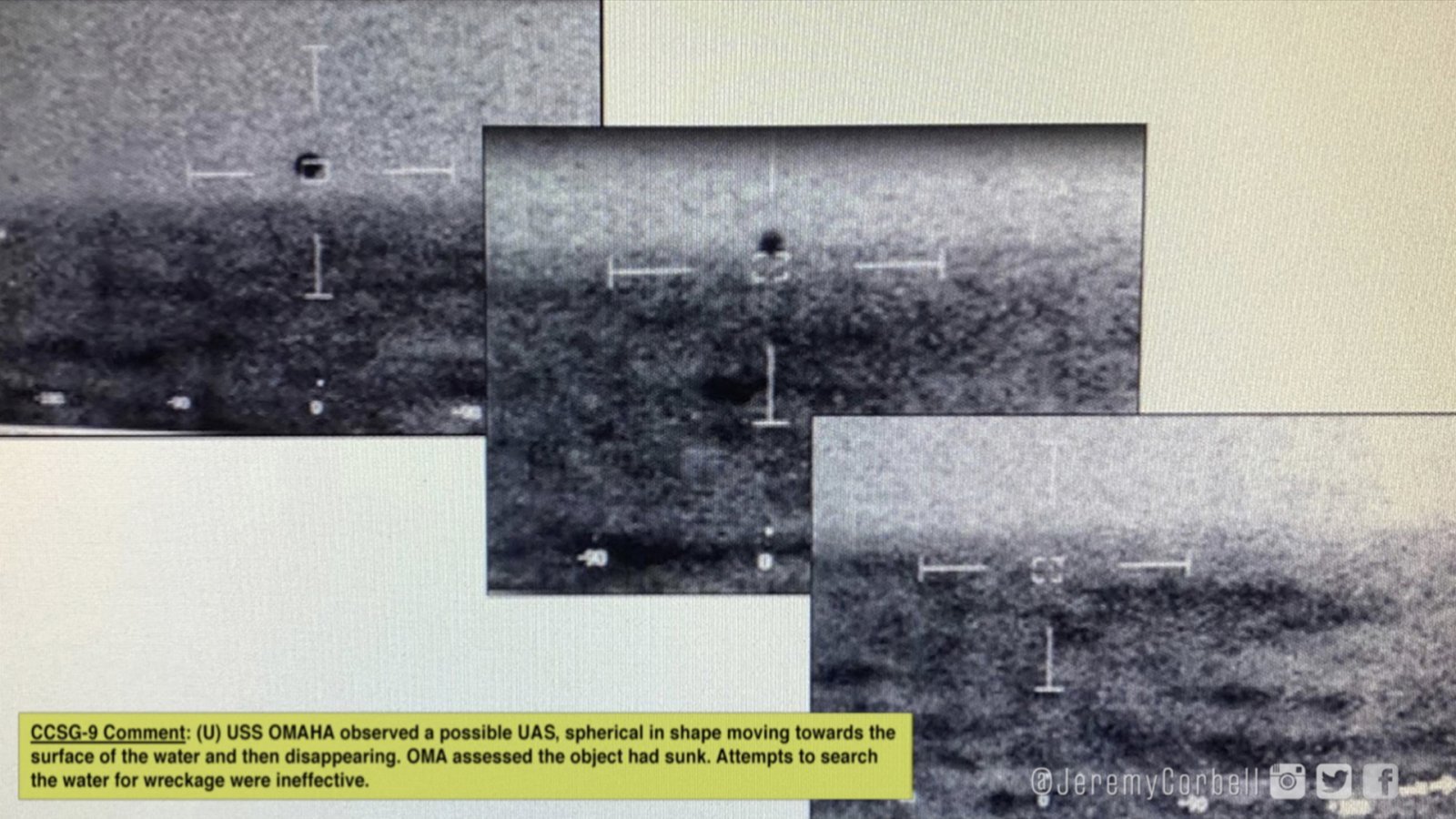
My far the most common type of spherical UAS is a balloon. Specifically a weather/scientific/”into space” balloon.
My #1 hypothesis would be a spherical balloon with some fairly heavy payload. It did not burst at altitude for some reason (underinflation, maybe deliberate), and instead ended up drifting down. It hit the water payload first, and the wind caused a rip in the ballon, instant deflation, sinks.
For this hypothesis to work you’d need a balloon that becomes neutrally buoyant at some point.
The key to attaining neutral buoyancy at a specific altitude is onboarding just enough gas to provide the required lift to ascend from the launch altitude ... Read even more







